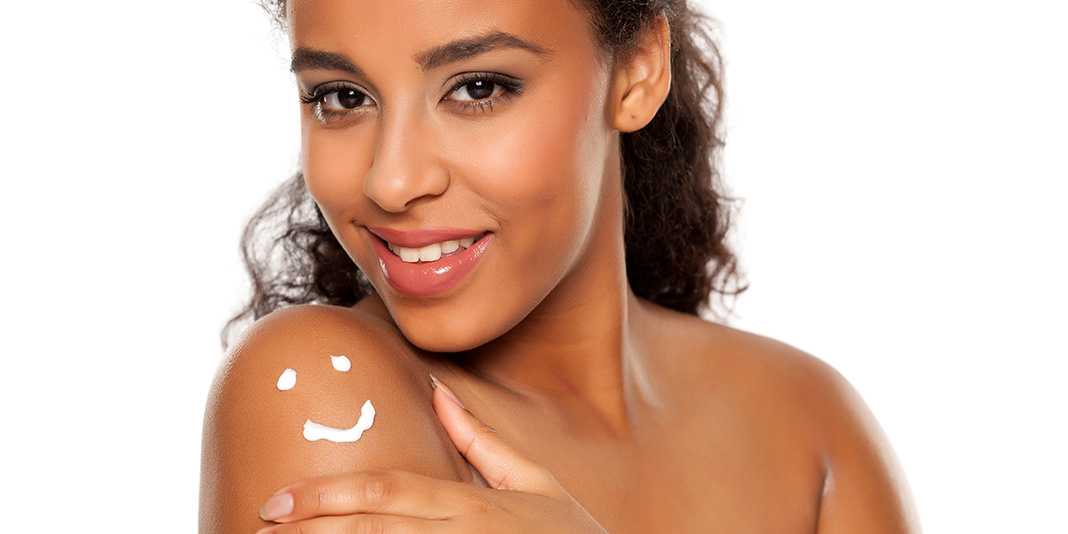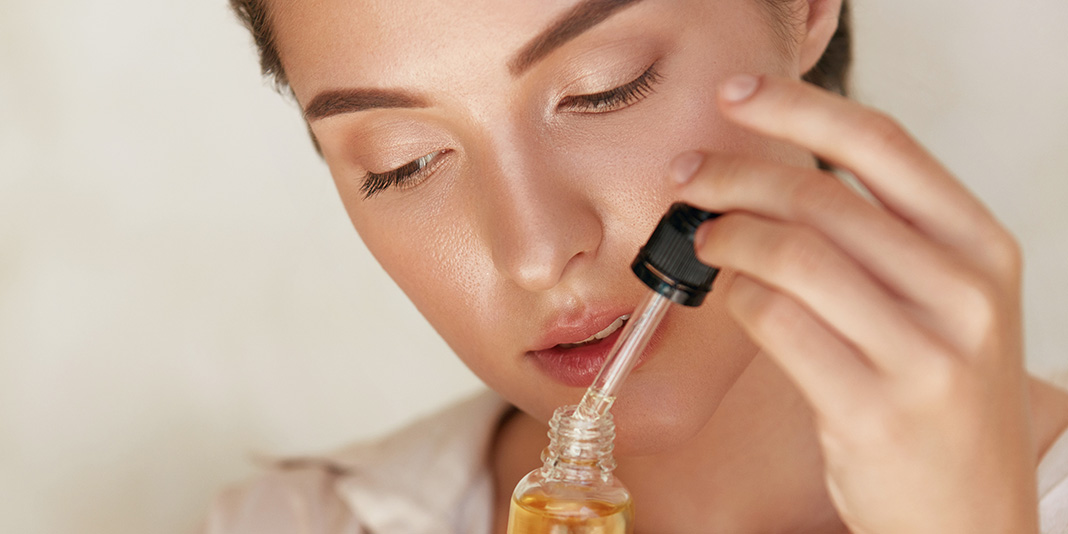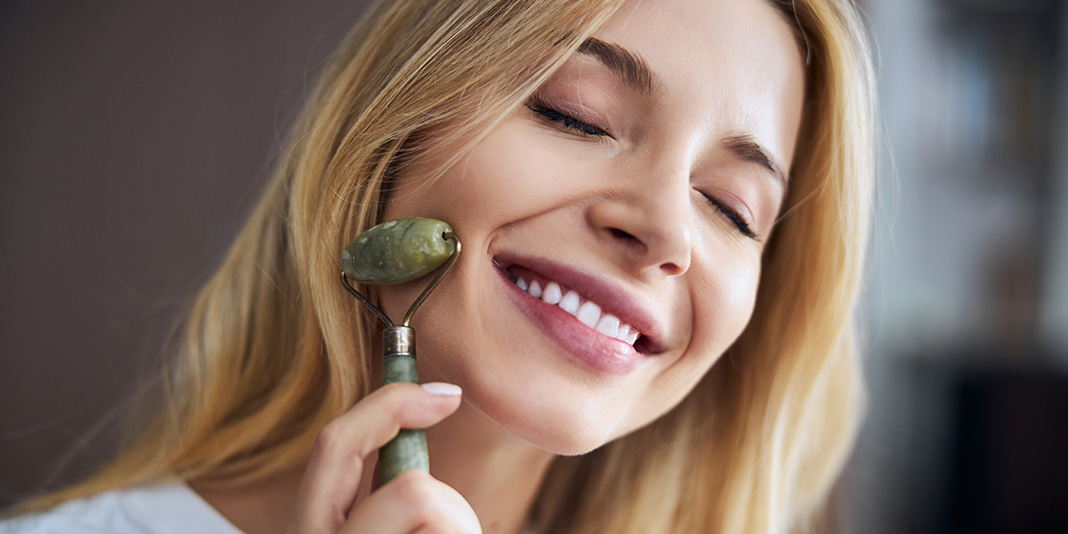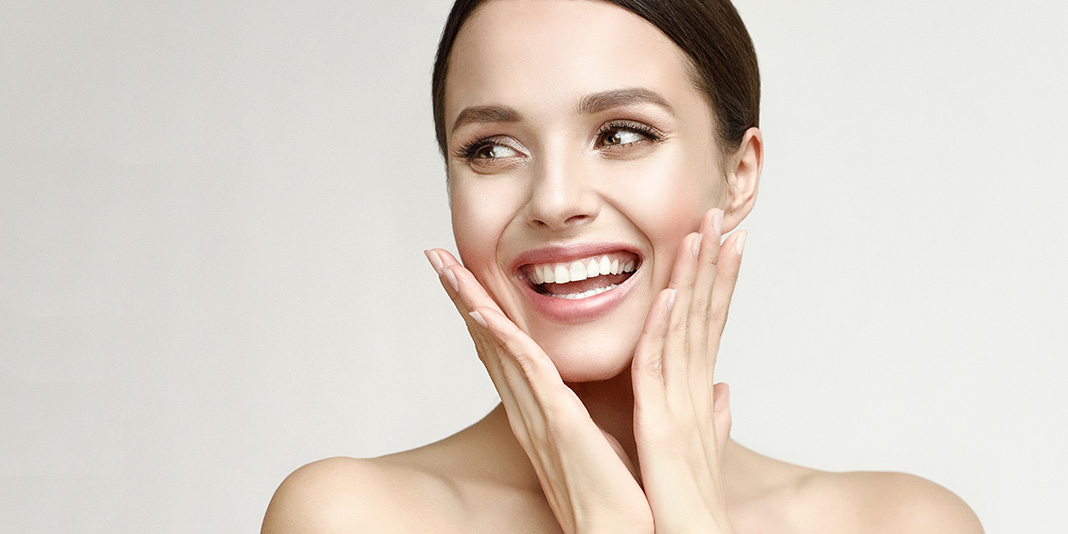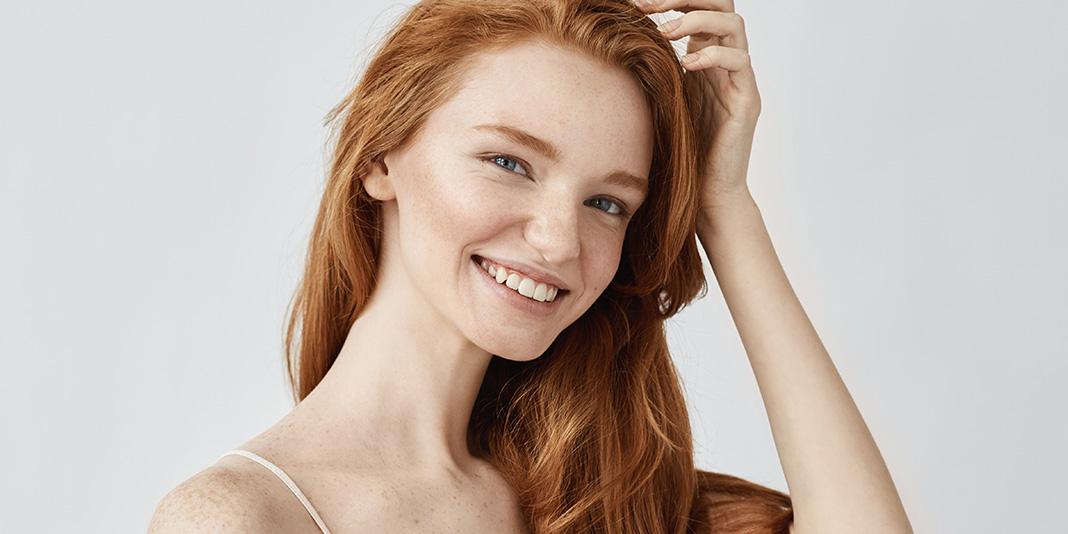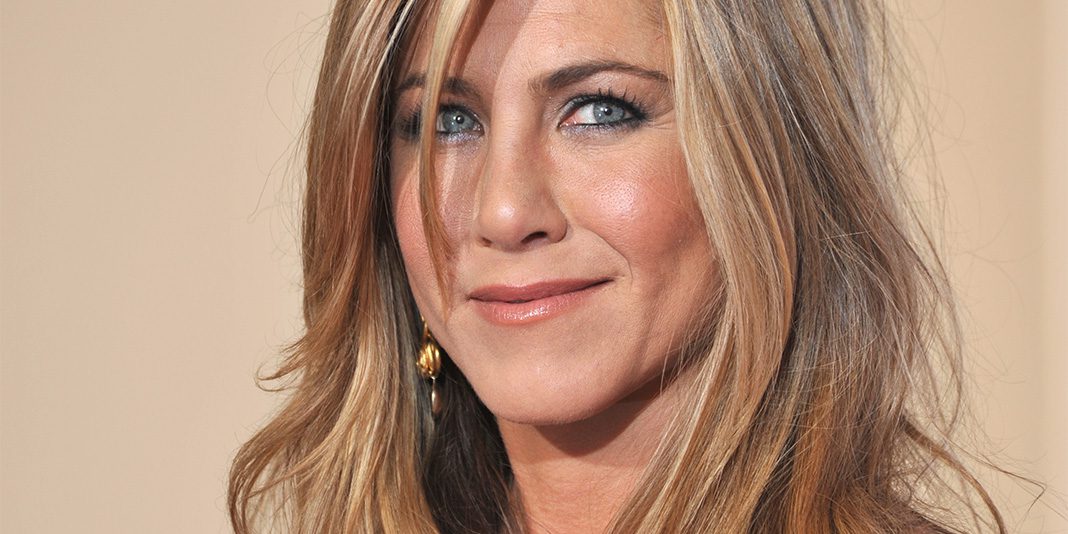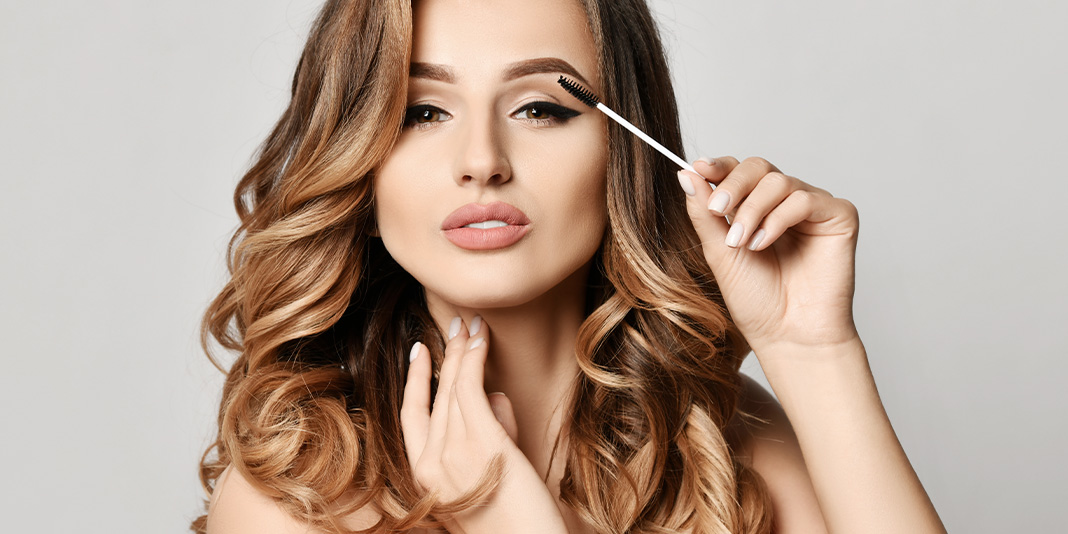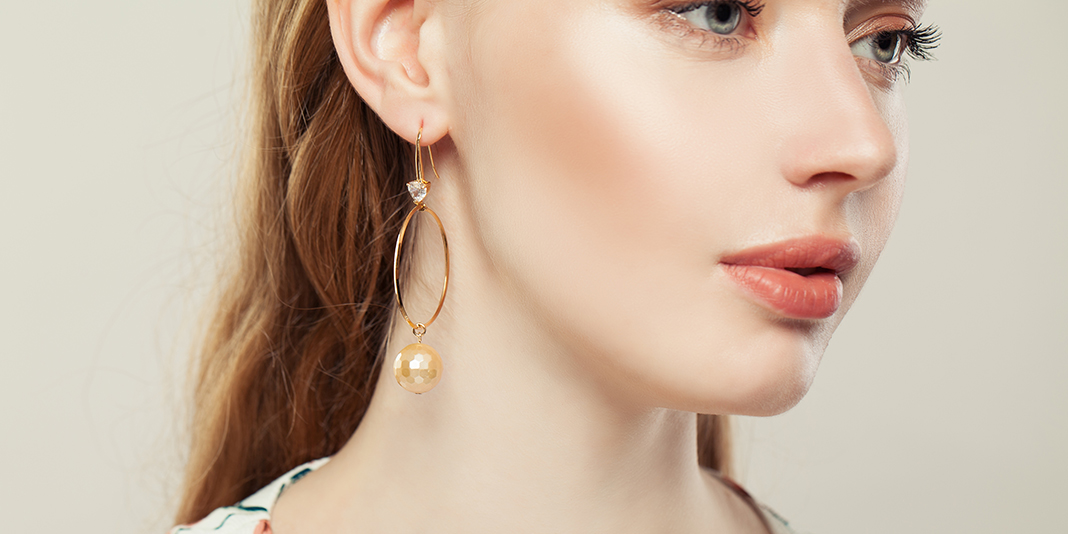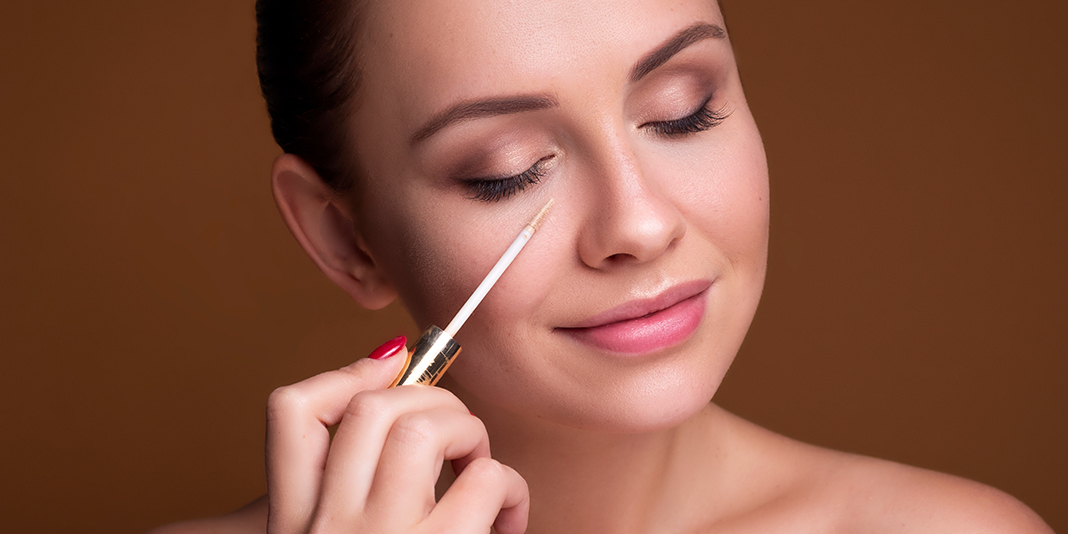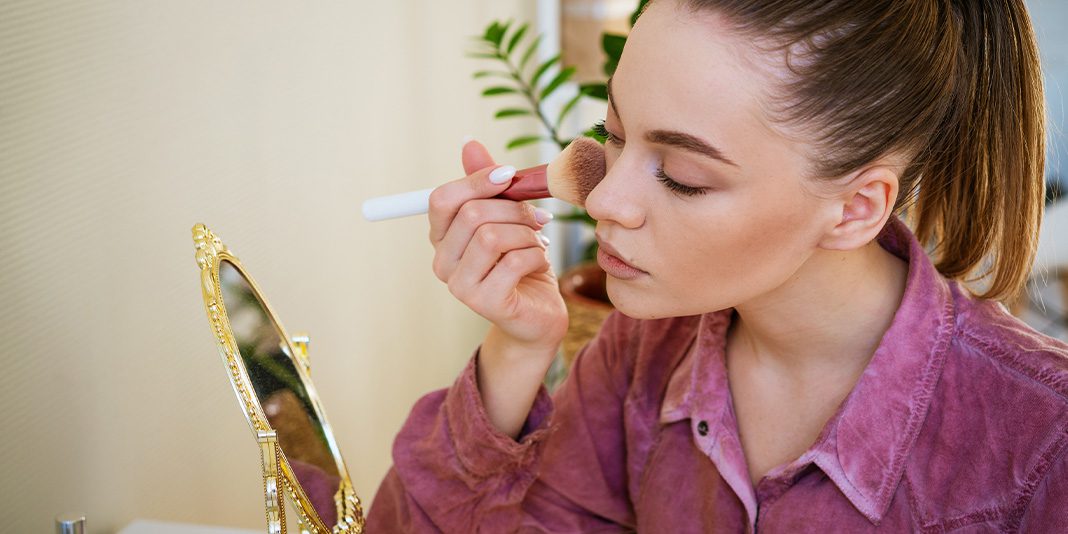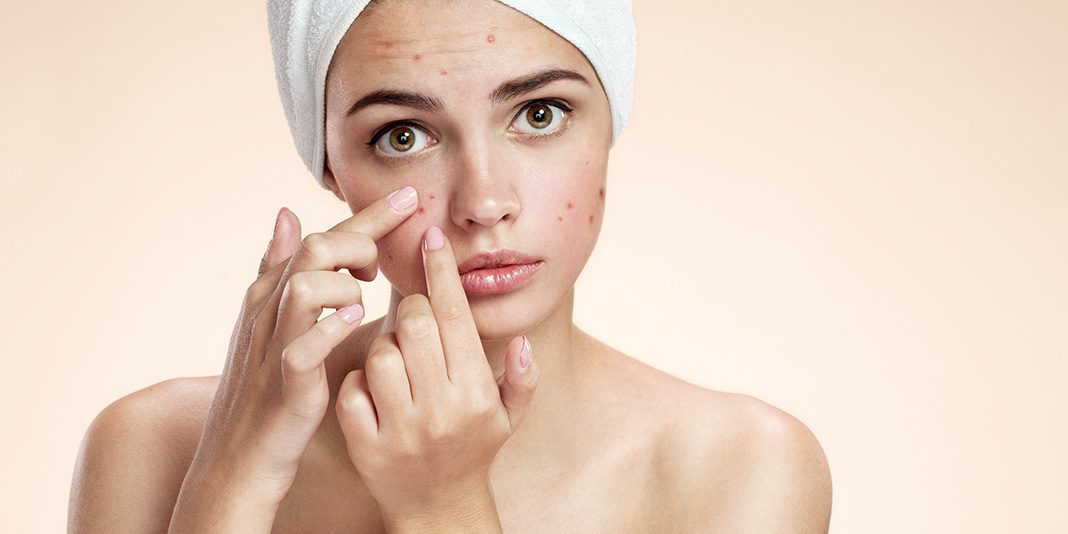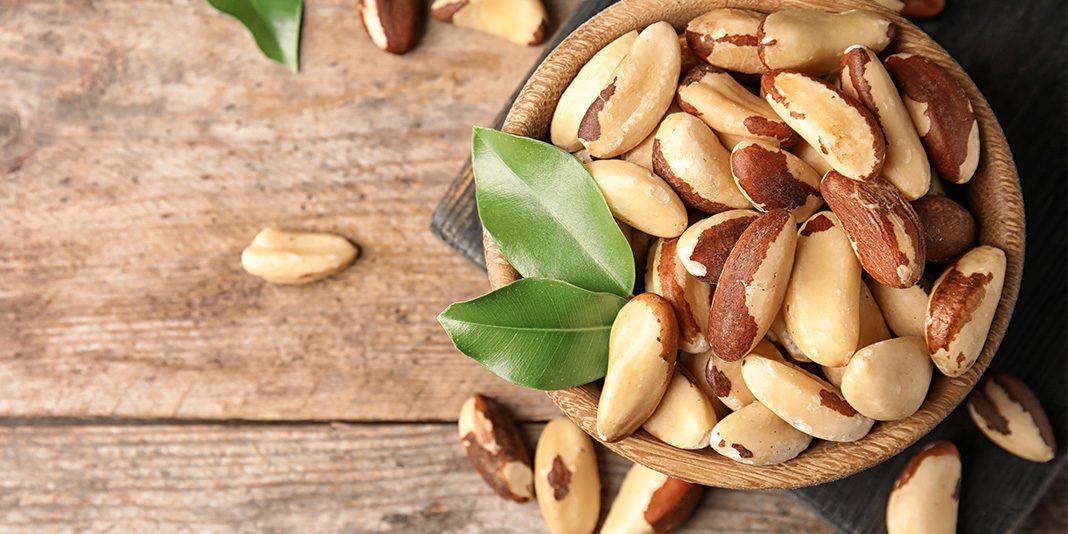We’re not knocking the power of a fantastic face cream, thickening mousse or high-tech teeth whitening session, but the foundation of your beauty is pretty grassroots—it’s your diet.
The health of every organ affects our appearance. Just as eating well can keep our heart in tip-top shape, we can shave years off our looks if we chew the right things.
Our skin is barraged inside and out by stress, hormones, junk food and weather, just to name a few. A healthy diet helps your skin withstand these insults via nutrients that help repair, maintain and enhance it.
“The more support you give your skin the more support it will give you,” says Doris Day, M.D., a New York dermatologist and author of “Forget the Facelift.” Whether it’s clearer skin you’re after or more lustrous locks, read on to find out which beauty superfoods can help you get even more gorgeous.
MORE: Top Nutritionists Share Their Beauty Food Secrets
Fewer Wrinkles
Whether they’re at the supermarket or on our face, lines are serious buzz kills. Sure, they’re a sign we’ve enjoyed a lifetime of laughter, but maybe we don’t want people to know exactly how much time we’ve spent on this earth—laughing or otherwise. Botox isn’t the only way to erase expression lines. Try eating soy.
Research shows that estrogen-like chemicals called isoflavones, of which soy is a rich source, help keep the skin furrow-free. After 12 weeks, women on 40 mg of the isoflavone aglycone not only had fewer crow’s feet, their skin also showed better elasticity. Meaning, it helped their skin bounce back so new wrinkles were less likely to form. Talk about a double-acting secret weapon!
Superfood picks: Soy, the ultimate chameleon, is like the Lady Gaga of food (minus the meat dress). It pops up in all sorts of forms. You’ll get beauty benefits from it in its whole forms: Tofu, soybeans, tempeh and edamame. Aim for one to two servings of soy a day.
A Healthy Glow
You don’t have to sunbathe—or mess with sunless tanners—to achieve a healthy glow. Phytochemicals (geek-speak for chemical compounds in plants) called carotenoids, which give red, yellow and orange produce their color, can give you golden hue as well.
Research in Evolution and Human Behaviour found that people who ate the most fruits and vegetables every day had a more golden skin color. People also rated the vegetable-bestowed glow more attractive than a sun-kissed one. The reason? Carotenoid-imbued skin can be a sign of reproductive health in the animal kingdom. Instead of practicing your come-hither looks, eat your carrots instead.
Superfood picks: Get your glow on with a healthy dose of red peppers, pumpkin and carrots, which boast high levels of carotenoids. Other good sources include apricots, cantaloupe, sweet potatoes, broccoli and leafy greens. No, that wasn’t a typo—the orange pigment hides out in many green veggies beneath green-tinted chlorophyll.
Less Puffy Eyes: Unless you’re a marshmallow, being described as puffy is never flattering. If you have under-eye bags as big as Birkins, downsize them by stripping excess salt from your diet. You may associate fluid retention with a bloated belly, but our faces also swell from too much sodium.
MORE: How to Target Your Aging Eye Issues
Excess salt pulls water out of our cells and into the surrounding tissue, so that we end up bloated and dehydrated. Not a good look. In addition to avoiding your saltshaker and avoiding fast- and processed foods (where loads of sodium lurk), deflate your peepers by adding potassium to your diet. The mineral blunts the effects of salt possibly by pushing excess sodium out of the body.
Superfood picks: Most of us only get 50 percent of the recommended daily dose of potassium. Aim for 4.7 grams a day by filling your plate with bananas, sweet potatoes, avocados and cooked lentils. One caveat: Avoid potassium supplements and get your dose from food only. A few studies have shown potassium in a supplement form can cause arrhythmia (irregular heart beat).
Whiter Teeth: Say cheese! No, there’s no hidden camera anywhere. We’re just saying that you can keep your pearly whites bright with this dairy digestif. Highly acidic foods like citrus, soda and berries leave your teeth vulnerable to stains. The acid left behind destroys enamel and allows pigments to penetrate deep into your teeth. Combining acidic foods with darkly colored ones can doubly defile your chompers. Some major delinquents include spaghetti sauce, red wine, cola and coffee. To keep your teeth untarnished, eat a piece of cheese after you indulge. Studies suggest that its higher pH level may neutralize the acid and safeguard your smile.
MORE: Surprising Foods That Stain Your Teeth
Superfood picks: You might say Camembert is the, ahem, big cheese when it comes to annihilating acid. It has the highest pH levels of all of fromage. Because cheese is so high in fat, treat yourself to a dice-sized cheese cube after your meal (four of those add up to about half an ounce). If you don’t have any squirreled away, swish with water instead.
Age-Spot-Free Skin: They might be called age spots, but those irksome brown blemishes have less to do with the candles on your cake and more to do with the amount of sun damage you’ve incurred. Your first line of defense is sunscreen, but you can boost your skin’s natural SPF by eating lycopene, a type of carotenoid found in red and pink produce. One study found that eating two and a half tablespoons of tomato paste (which is rich with lycopene) per day for 10 weeks made subjects 40 percent less susceptible to sunburn.What to do if you spent your teenage years coated in baby oil, baking in your backyard? According to Los Angeles dermatologist Jessica Wu, M.D., author of “Feed Your Face,” chemicals called polyphenols in green tea may help reverse sun damage. We’re talking sun spots and red blotchiness—helped by drinking two or three cups of green tea (250 milligrams of polyphenols) a day. Huzzah!
MORE: Ways to Reduce Sun Damage
Superfood picks: Tomatoes, watermelon, pink grapefruit and red peppers all contain lycopene. Your body absorbs the most from cooked products like tomato paste, sauce and soup. A splash of olive oil will help your body suck up the nutrient. As for green tea, go for freshly brewed. Bottled brands may contain as little as three milligrams of polyphenols per 16-ounce serving, compared to 50 to 150 mg in one cup of brewed tea.
Supple Skin: Some people are blessed with a natural, dewy radiance—don’t you just hate them? Others have to work at it. And by work, we mean dining on dark chocolate. Oh, twist our arm! Flavanols—the antioxidants in dark chocolate—improve circulation to the skin, so the nutrients in your blood can better nourish your complexion. What does that mean for your looks? A study in the Journal of Nutrition found that people who drank flavanol-rich cocoa for 12 weeks had smoother, more hydrated skin.
Superfood picks: Skip the Hershey’s Kisses and opt for the darkest chocolate you can stand, says Wu. Look for bars or cocoa powder with at least 70 percent cacao. According to the U.S.D.A., just two tablespoons of cocoa have more antioxidant power than four cups of green tea or one cup of blueberries.
MORE: How to Pick the ‘Good’ Chocolate
Less Acne: Remember the days when people thought diet had nothing to do with pimples? Whoops! Some foods conspire to ruin your complexion. One of the worst culprits may be high-glycemic food. According to Wu, high blood sugar (caused by eating sweets and refined carbohydrates) can jumpstart oil production, leading to clogged pores. In one small study, a group of men were put on a low-glycemic diet (think whole grains and none of the white stuff), and their skin had less acne after 12 weeks. But clogged pores are just part of the equation. The part that makes us want to run for cover—those angry, red breakouts—are caused by inflammation and bacteria. Zinc may battle both. People with acne are often mildly deficient in zinc, explains Wu. Vegetarians and vegans are especially prone to low levels, because the body does not absorb vegetable sources of zinc so easily.
Superfood picks: Red meat is the richest source of zinc (as well as many other nutrients that aren’t easy to get elsewhere). Your best bet for a lean, mean acne-fighting meal: bison or buffalo. One serving has seven grams of fat and 30 percent of your daily zinc needs. Treat meat like a side dish—a serving size is four ounces (about the size of a deck of cards). If you’re a vegetarian, opt for lentils, pumpkin seeds, kidney beans and raw oysters (if you eat seafood). Avoid mega doses of zinc and zinc supplements, because too much can be toxic.
Stronger Nails: You get home from the nail salon only to have a nail chip the second you touch your keyboard. Forget bad luck—nothing ruins a faboo manicure like a set of malnourished nails. The telltale signs: Peeling, breaking and splitting. Made of keratin, nails need protein, which is why crash diets can make them thin and brittle. The nutrient that can help restore them is biotin, a B vitamin used for decades to strengthen horse hooves. Research shows it can do the same for people. In one small study, women with brittle nails who were prescribed a daily biotin supplement saw a 25 percent increase in nail thickness.
Superfood picks: Because the body doesn’t store biotin, it needs a regular daily dose of the nutrient (at least 30 micrograms). Your body will eliminate anything it doesn’t use, but check with your doctor before mega-dosing on this, or any, vitamin. Whenever possible, choose food sources over supplements: Eggs, almonds, pork, liver and salmon.
Thicker Hair: Though we think our hair is muy importante, our bodies consider hair nonessential (read: we don’t need it to stay conscious). Other bodily functions, like, oh, breathing, are more pressing and get first access to the nutrients in our diet. Our hair gets the leftovers, explains Liz Cunnane, a hair and scalp scientist at the Philip Kingsley Trichological Centre in New York. “If there aren’t enough nutrients to go around, your hair will suffer,” says Cunnane. Her Rx for strong and silky tresses: Protein, iron and zinc.
Superfood picks: Red meat is a great source of iron and zinc. For a healthy, low-fat slab of steak, choose bison (buffalo) meat. Other good choices include pork and grass-fed beef. Keep your meat portions small—about the size of the palm of your hand is plenty. When eating poultry, go with dark meat, which has twice as much iron and zinc. If you don’t do meat, fill up on pepitas (hulled pumpkin seeds), lentils and kidney beans.
MORE: Top 5 Foods for Sexy, Shiny Hair
Great Bone Structure: Wrinkles aren’t the only things that make us look older. Bone changes in our face are also responsible for giving away our age. Think of your bones as the scaffolding that holds your skin up. As they lose volume and recede, your skin can begin to sag. And those changes can take place as early as your forties.
Superfood picks: Keep your bones strong with high-calcium diet sources like fortified low-fat yogurt or milk, soy milk, kale, spinach, and tofu. Vitamin K2—found in low-fat cottage cheese and chicken—and magnesium—found in whole grains, leafy green vegetables and almonds—are also key players in having strong bones, so eat up.

